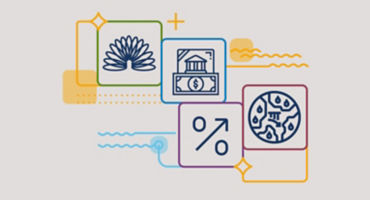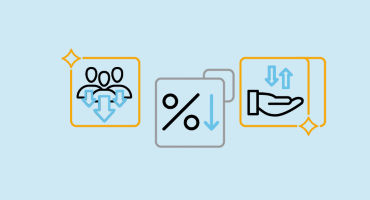Our framework for understanding stagflation
Stagflation, which for purposes of this paper I will define as a combination of weakening real growth and rising/high inflation, typically occurs when demand is greater than supply at current prices and supply is unable to grow quickly to meet that demand. Excessive stimulus or money supply increases can be a driver, especially if the output gap (the difference between actual and potential output) is closed so that there is no excess capacity to raise supply and meet the increased demand, forcing prices to rise and ultimately destroy demand.
This process can be prolonged if it is met with additional increases in money supply and nominal incomes, which would at least temporarily preserve demand until prices rise further (assuming capacity doesn’t increase). If, on the other hand, there are no further increases in money supply and nominal incomes, the demand destruction would likely slow economic growth, perhaps to recession levels if negative feedback loops ensue or financial conditions are tightened to combat the inflation.
A second possible cause of stagflation is a shift down in the supply curve of the economy caused by an exogenous shock, such as the OPEC embargo or a currency crisis (which would cause the cost of imported goods to increase with no increase in demand). The severity and persistence of the shock, along with the policy response, will tend to determine whether the result is a short bout of inflation followed by a slowdown or recession, or a longer-lasting stagflationary period in which…
To read more, please click the download link below.








